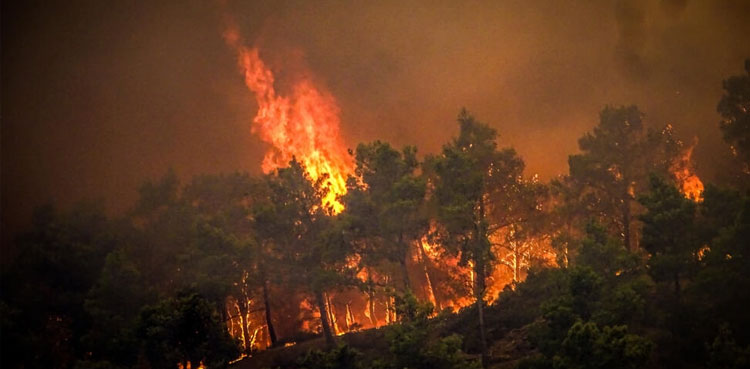The International Cricket Council (ICC) on Thursday released the Official Anthem, titled Out of this World, for ICC Men’s T20 World Cup 2024 featuring Grammy award winning artist Sean Paul and Soca superstar Kes.
With just 30 days to go until the biggest anticipated cricket tournament begins, the release of the anthem sets the tone for what will be the biggest cricket carnival spectacle ever, with 20 international teams playing 55 matches across the West Indies and USA from 1-29 June.
The anthem of the tournament, produced by Michael “Tano” Montano, was launched along with the music video, featuring notable figures such as eight-time Olympic gold-medalist Usain Bolt, cricket legends Chris Gayle, Ali Khan, Shivnarine Chanderpaul, and other Caribbean personalities.
The video serves as a visual celebration of cricket, capturing the vibrant atmosphere and energy that fans around the world can expect while attending ICC Men’s T20 World Cup matches.
Furthermore, additional hospitality opportunities and tickets for all ICC Men’s T20 World Cup matches are set to be released, with fans encouraged to secure their tickets promptly.
Fans are encouraged to secure their World Cup tickets to avoid missing out on this historical event. Visit tickets.t20worldcup.com for details or email hospitality@t20worldcup.com.
Box office locations and operating hours are available here.











news.tv/wp-content/uploads/2019/04/sexual-harassment.jpg)


